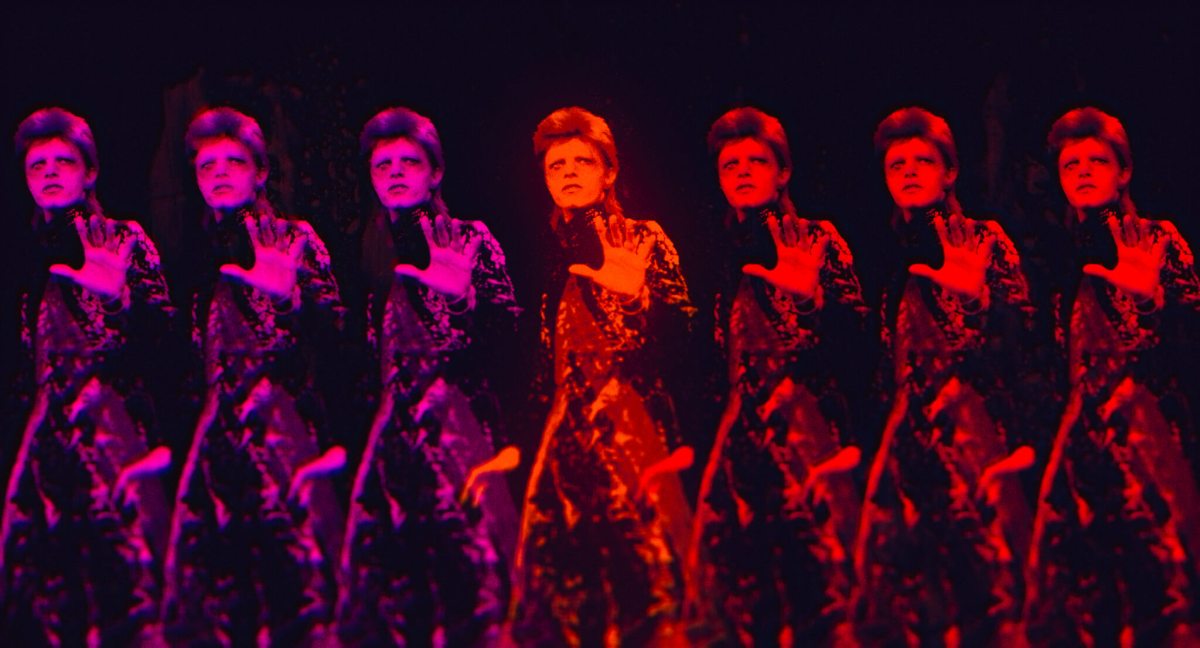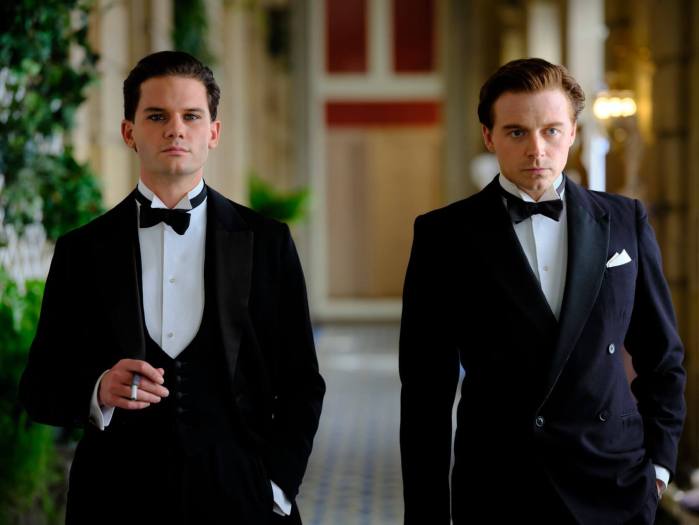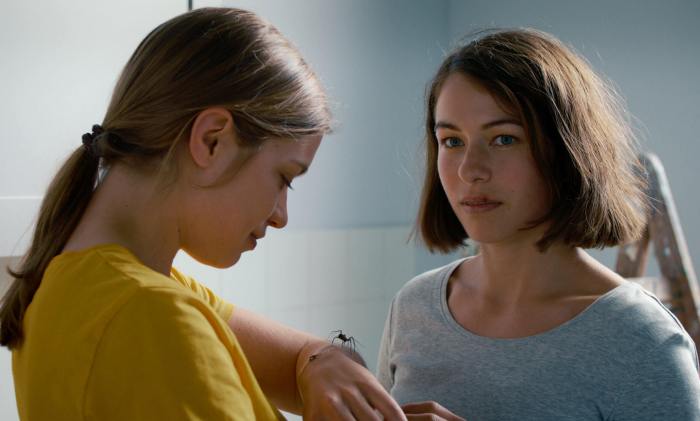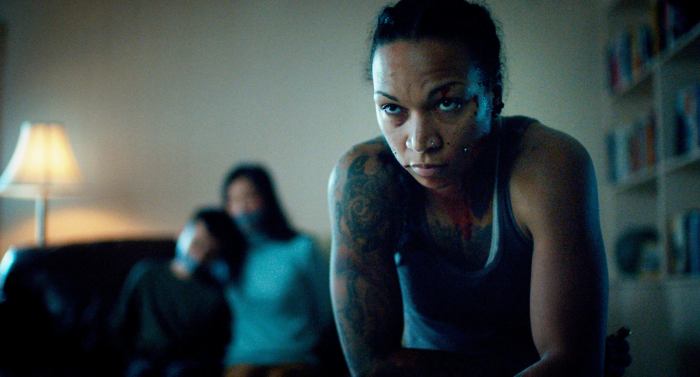Who was the real David Bowie? The bisexual dandy behind “The Rise and Fall of Ziggy Stardust” in 1972? His series of alter egos like the Thin White Duke and Ziggy Stardust himself? The austere, experimental rocker who lived in a small Berlin apartment in the late ‘70s? The superstar who wore expensive suits for his arena performances, claiming he was now heterosexual, in the early ‘80s? Brett Morgen’s documentary “Moonage Daydream” runs two hours and 20 minutes, but even that length barely scratches the surface of an artist who thrived on chaos and constant change.
“Moonage Daydream” follows Todd Haynes’ “The Velvet Underground” in taking shape by re-editing other people’s footage. This doesn’t just include Bowie’s TV interview and live appearances. Morgen takes imagery from all kinds of culture that inspired Bowie, including narrative films. (Fritz Lang’s 1928 sci-fi epic “Metropolis” pops up more than a few times.) Photos of queer figures like occultist Alesteir Crowley (mentioned in his 1971 song “Quicksand”), William S. Burroughs, and Lou Reed (whose 1972 album “Transformer” Bowie producer) keep popping up. While “Moonage Daydream” eschews the dreary archival footage-plus-contemporary interviews of so many music docs, it still turns Bowie’s life into a narrative that more or less proceeds in order, looping back to the beginning.
Morgen unabashedly embraces spectacle. In its first week of release, “Moonage Daydream” will play at IMAX theaters exclusively. If the documentary is now associated in the mainstream with bloated, formulaic streaming series and in the fringes with ambiguous essay films, “Moonage Daydream” provides an experience more like a rock concert. (Mixed in Dolby Atmos, it was made to be played as loud as possible on movie theater speakers.) While Bowie is occasionally seen in period interviews — his twitchy, ready-for-rehab appearance on Dick Cavett’s TV show is the most memorable — the film generally plays his voice on top of its own montage of imagery.
Bowie offered something new to rock music in the ‘70s: an artist who was completely up front that his image was as central as his music and, more subversively, that his visuals were communicating something complex and interesting. Even after glam-rock quickly fell out of fashion, he kept swapping out new masks, changing style with almost every album he released. Late in “Moonage Daydream,” we get to hear him reflect on his happiness with his wife Iman, but even this embrace of domesticity seems like a new persona, albeit one that reflected his real life.
The extent to which Bowie was actually bi has long been a matter of debate (prefiguring the concept of queerbaiting, currently being applied to celebrities like Harry Styles), and by the mid ‘70s whatever sexual interest he may have had in men seems to have vanished. But even if he was jumping on a bandwagon opportunistically to promote his glam era, his celebrity helped normalize queerness, especially given the level of media invisibility around it in the ‘70s. His image and music offered a version of sexual freedom that went far beyond the heterosexual machismo of most classic rock. Led Zeppelin did not write songs praising men for having a “God-given ass,” as he did on “Ziggy Stardust,” or reassuring male lovers that they’re merely flirting with women, the subject of “John, I’m Only Dancing.” But as a person, he succumbed to the same vices, having sex with underage girls and doing so much cocaine he said he couldn’t remember making his 1976 album “Station to Station.” Around that time, he also gave interviews singing the praises of fascism and calling Hitler the first rock star.
The relationship between art that had a liberating impact and the personal behavior of the man who made it is a complicated, fraught one. “Moonage Daydream” barely touches on these issues. In one soundbite, he suggests that society may have to go through a right-wing phase to progress. The 1983 Rolling Stone cover which read “David Bowie Straight” is shown, as well as a TV interview from 10 years earlier where he discusses bisexuality, but the contradictions aren’t acknowledged. Given the involvement of Bowie’s estate, the film likely couldn’t broach Bowie’s flaws.
In the end, “Moonage Daydream” gets around these issues by showing, not telling, and valuing the experience of Bowie’s music most of all. Its Bowie is a multi-media artist best treated in a form as exploratory as his music. Bowie’s explanations of himself on the soundtrack are balanced by the film’s reliance on montage. Even the focus on Bowie as an individual artist is put in context by the emphasis on his influences and use of images with no direct connection to him. Bowie had no center, the film suggests, even if David Jones, the person who created him, did. It’s an exciting roller coaster ride around his work.
“Moonage Daydream” | Directed by Brett Morgen | Neon | Opens Sept. 16 at AMC Empire 25, AMC Kips Bay 15, AMC Lincoln Square 13, and Regal Sheepshead Bay 14



































